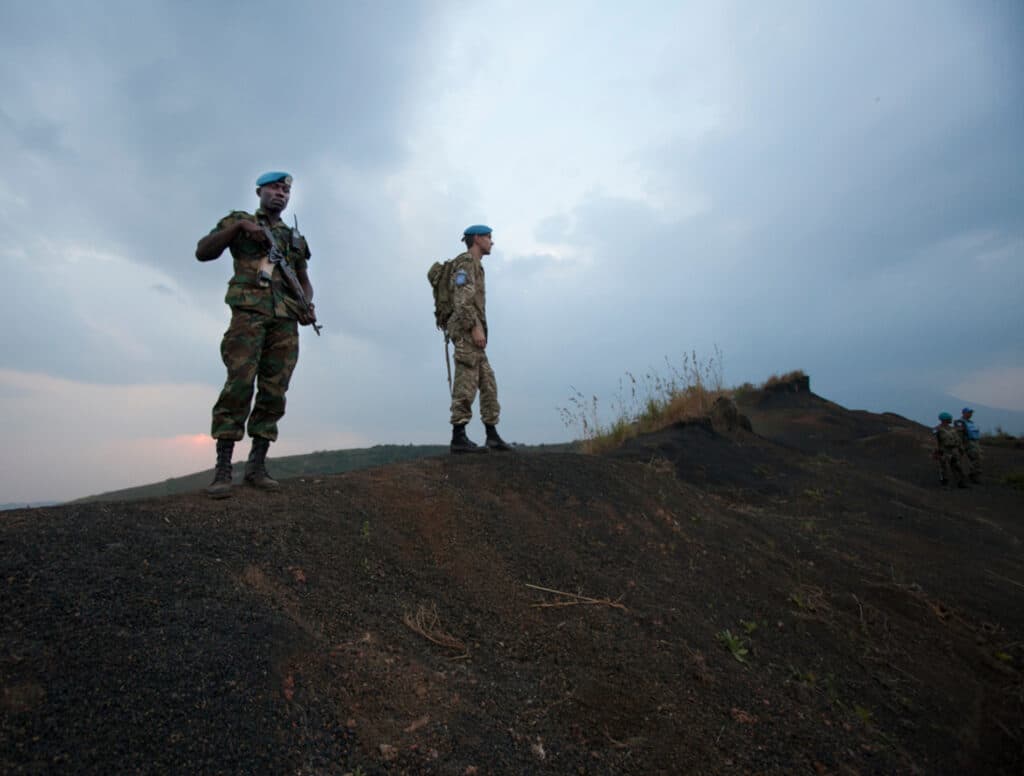
Conduct of hostilities: general principles
The rules of international humanitarian law that regulate the means and method of warfare
The conduct of hostilities is a specific aspect of international humanitarian law (IHL) which regulates the means and methods of warfare.
When warring parties engage in hostilities and military battles, an armed conflict is usually at its most violent and brutal. The protections provided by IHL when it comes to the conduct of hostilities is often seen to be rather weak, with a focus on restrictions instead of absolute prohibitions.
In part, this is because states do not want to be restricted too much when they launch and engage in military operations. Many rules are subjective in nature and based on a good faith perception of the facts at the time of the attack.
For an attack to be lawful three core principles that regulate the means and methods of warfare must be respected:
- There must be a lawful target of attack;
- The expected harm to civilians must not be disproportionate to the military advantage to be gained;
- All feasible precautions must be taken to limit the harm caused. If any information comes to light changing the assessment under the first two principles and that might suggest unlawfulness, then the strike must be suspended.
The principle of distinction
The principle of distinction prohibits all direct attacks against civilians and civilian objects. It also prohibits all means and methods where a distinction between civilian and military targets is not possible.
If the principle of distinction is violated, there is no need to take into account the principle of proportionality.
The principle of proportionality
The principle of proportionality (Article 51(5) (b) API) states that a military target cannot be attacked if the risk of civilians, or civilian property, being harmed as a result of the attack is larger than the expected military advantage.
If the target attacked is a civilian object, proportionality does not have to be assessed since any intentional direct attack against a civilian object is a violation of IHL and very probably a war crime.
Precautionary measures
In addition to the rules on targeting and proportionality, conflicting parties are obliged to respect the principle of precautions in attack and in defence.
This principle requires warring parties to undertake warnings, as well as chose means and methods of attack that will cause the least amount of civilian harm.
In the case of military defence, parties must refrain from placing military objects in densely populated areas.
When it comes to hospitals that may have been used for military purposes, an effective warning must be given.
Assessing the conduct of hostilities
Key questions to ask:
- What was destroyed or harmed? Was it a military object?
- What is the primary target?
- How important was the object? Would its destruction help to end the conflict or result in a significant military advantage?
- How many civilians and civilian objects were harmed/damaged?
- What precautions were taken?
- Did the attacking party make any statements during or after the attack?
- Could the attack have been a mistake?


